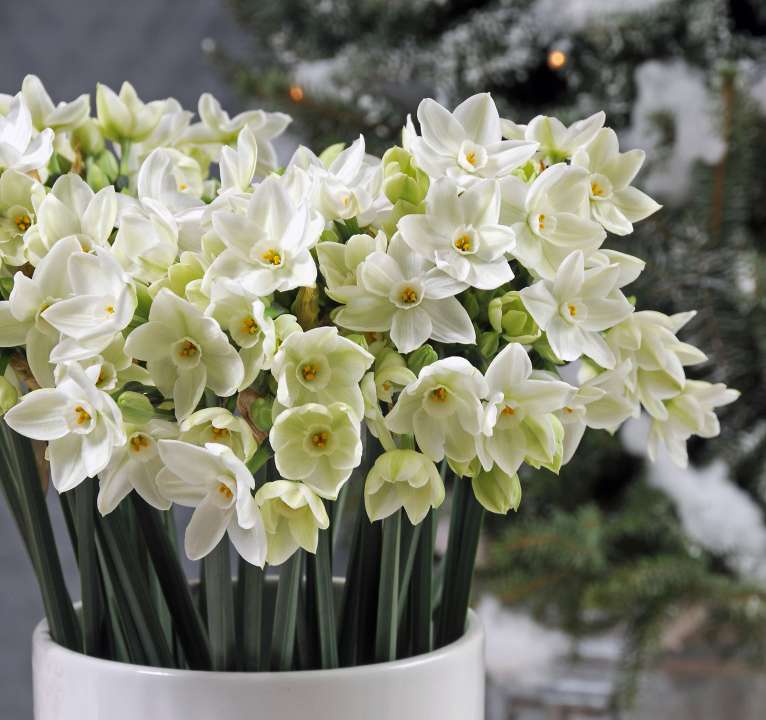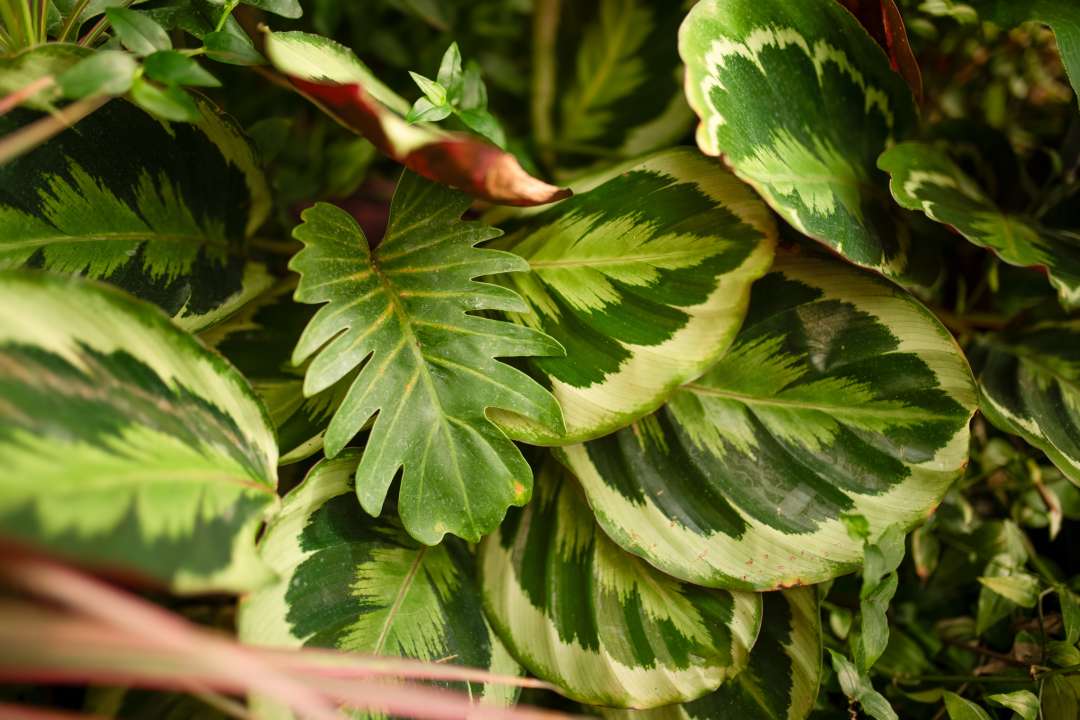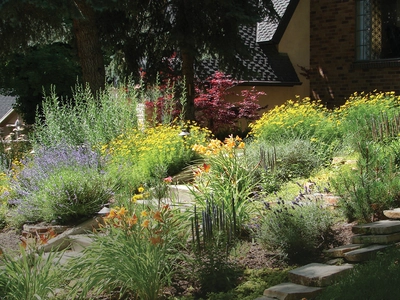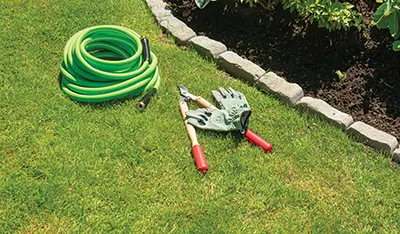Essential Tips for a Healthy Winter Garden

As we transition into winter, November is the time to start preparing your garden for the cold months ahead. By taking a few steps now, you’ll not only protect your plants but also set yourself up for success in spring. Whether you're focusing on your outdoor garden, fruit and veggie beds, or houseplants, here’s a comprehensive checklist to guide you through November.
General Garden Maintenance
-
Bring in the Hummingbird Feeders: Hummingbirds often stick around during the winter, especially in mild climates, but their nectar can freeze on chilly nights. To keep these little visitors coming to your garden, bring feeders indoors overnight or invest in a hummingbird feeder heater to prevent nectar from freezing. Maintaining a reliable food source helps them get through the winter while brightening up your garden with their presence.
-
Plant Indoor Winter Blooms: Now is a great time to start planting paperwhites and amaryllis indoors. These bulbs are easy to grow and add a touch of elegance to your home with their stunning, fragrant flowers. Place them in a sunny spot, water them regularly, and you’ll enjoy beautiful blooms in a few weeks. Paperwhites are a symbol of hope, and their white flowers are a lovely seasonal addition to any indoor space.

Fruit and Vegetable Gardens
-
Protect Cold-Weather Crops from Snow: Winter-hardy vegetables like brussels sprouts, cabbage, and kale can survive the cold, but they’re vulnerable to damage from heavy snow buildup. Check your garden regularly and gently brush snow off these crops to prevent branches and leaves from breaking under the weight. This simple step helps ensure they remain productive, so you can continue harvesting fresh veggies throughout winter.
-
Remove Dead or Dying Plants: Now is the time to clear out any vegetables that have reached the end of their life cycle. Pulling out old, dying plants from early fall prevents pests and diseases from overwintering in your garden soil, which can cause problems for next year’s crops. Compost any healthy plant material, but discard anything diseased to avoid spreading pathogens in your garden beds.
Ornamentals and Shrubs
-
Wrap Columnar Evergreens for Winter: Tall, narrow evergreens like cedars and yews are particularly susceptible to snow damage. When snow accumulates on these trees, it can weigh down the branches, causing bending, breaking, and even permanent structural damage. To protect them, wrap or tie twine around the trunks to give extra support against heavy snowfall. This simple action helps them stay upright and intact until the snow melts.
-
Protect Tender Ornamentals: Certain shrubs and ornamentals, such as palms and banana plants, need extra care to survive the winter. Use burlap, frost cloths, or even old blankets to wrap these tender plants, particularly at the base. Creating this extra layer of insulation shields them from freezing temperatures and cold winds, increasing their chances of bouncing back strong in spring. Additionally, wrapping these plants can add a touch of seasonal charm to your winter garden decor.
Houseplant Care
-
Watch for Indoor Pests: The drier air that comes with indoor heating can cause certain pests, like spider mites, to become more active. These tiny pests can cause significant damage to houseplants if left unchecked. Inspect the leaves and stems of your plants regularly, especially during winter, and treat any infestations early with insecticidal soap or by wiping down the leaves. Preventative care is key to keeping your indoor plants healthy all season.
-
Increase Humidity Levels: Most houseplants thrive in humid environments, so the dry air caused by indoor heating can lead to stress, making them more prone to pests and diseases. Misting your plants a few times a week or using a small humidifier nearby can go a long way in keeping them comfortable. Grouping plants together also helps create a micro-humid environment, providing them with much-needed moisture. Not only will this benefit your plants, but it can also improve the air quality in your home.

Bonus Tips for a Winter-Ready Garden
-
Mulch Garden Beds: Adding a layer of mulch around perennials, shrubs, and even veggie beds can help insulate the soil, keeping roots warmer and reducing moisture loss. This added protection is especially beneficial for younger plants and tender perennials.
-
Clean and Store Garden Tools: As the gardening season winds down, take time to clean, sharpen, and oil your garden tools before storing them for winter. Properly cared-for tools are easier to work with and will last longer, so they’ll be ready when you need them next spring.
By following these steps, you’ll protect your garden and indoor plants from the worst of winter’s chill. Taking care of these tasks in November allows your garden to rest and recover, setting it up for a beautiful, healthy season when the warmer months return. Enjoy the winter transformation, and look forward to the growth and renewal that spring will bring!




